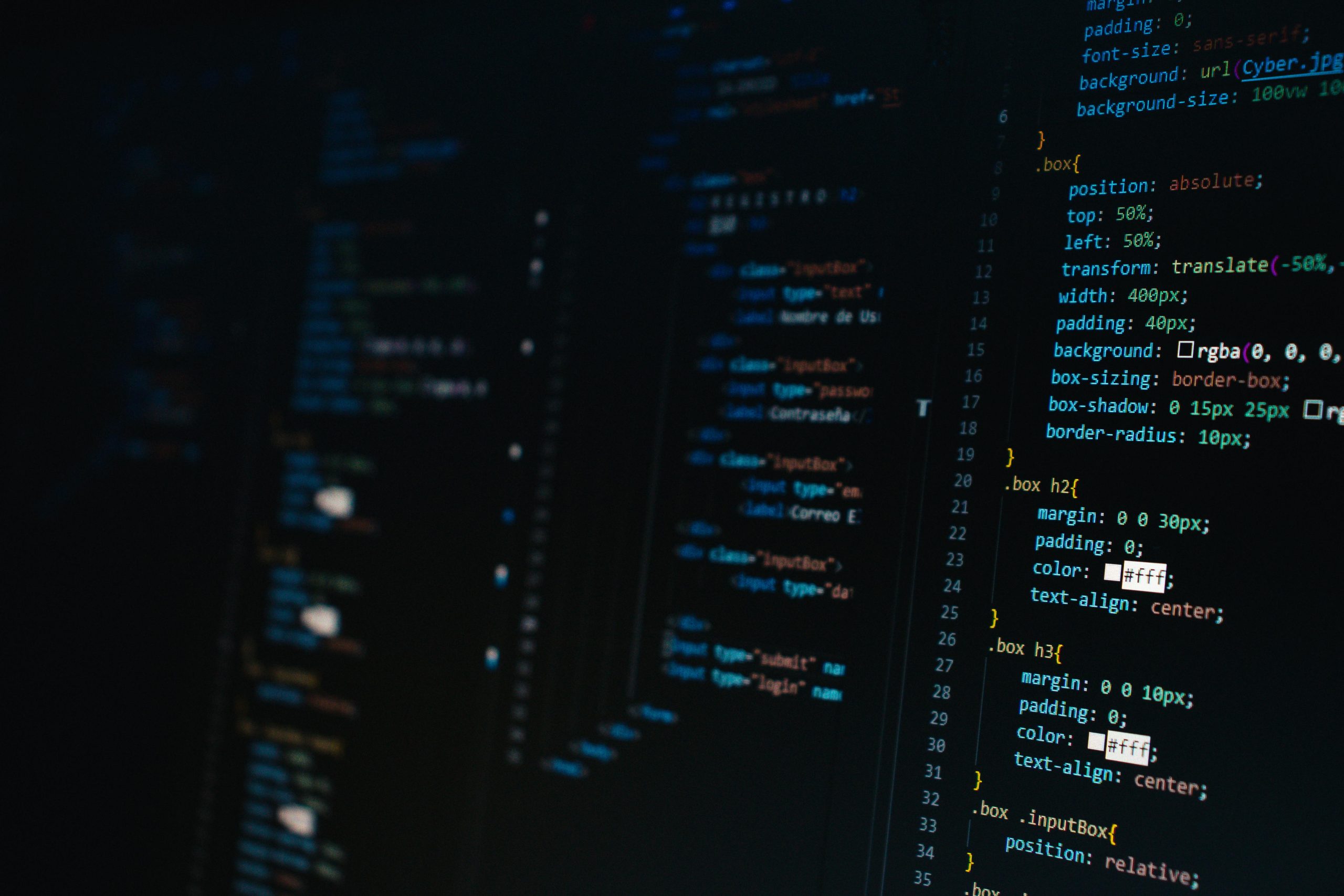Think about your daily routine: brushing your teeth, washing your hands, and keeping your surroundings clean. Now, imagine a parallel routine that safeguards your digital life. That’s cyber hygiene—a set of habits that ensure your online presence is safe, secure, and resilient against threats.
Welcome to the Cyber Analyst Academy Blog, where we’re dedicated to simplifying cybersecurity for everyone. Cyber hygiene might sound technical, but it’s as essential as locking your front door at night. Whether you’re taking your first steps into the cybersecurity world or brushing up on fundamentals, this guide will empower you to navigate the digital landscape with confidence.
A Real-Life Hacking Story: The Marriott International Breach (2018)
In 2018, Marriott International revealed that hackers had accessed the personal information of approximately 500 million guests. The breach began years earlier, in 2014, when attackers infiltrated the systems of Starwood Hotels, which Marriott later acquired.
The hackers used advanced persistent threats (APTs) to maintain access undetected. By the time Marriott discovered the breach, critical guest data—including names, passport numbers, and credit card details—had been exposed.
The implications were staggering: identities compromised, financial losses incurred, and a global hospitality giant facing a damaged reputation. For millions, the breach underscored the importance of safeguarding not only their personal devices but also the organizations they entrust with their data.
Foundations of Cyber Hygiene
Before diving into best practices, let’s establish what cyber hygiene entails and why it’s indispensable in today’s interconnected world.
1. What is Cyber Hygiene?
Cyber hygiene refers to the routine practices and steps you take to maintain your digital security. It’s about forming habits that proactively protect your devices, accounts, and data from cyber threats.
2. Why is Cyber Hygiene Important?
- Prevention is Better Than Cure: Cyber hygiene helps prevent malware infections, phishing scams, and identity theft before they happen.
- Building Resilience: A clean and secure system can better withstand attacks.
- Protecting Privacy: Cyber hygiene ensures your personal and sensitive data stays out of the wrong hands.
3. Common Threats Addressed by Cyber Hygiene
- Malware: Viruses, worms, and ransomware.
- Phishing: Scams designed to steal credentials or infect your system.
- Unauthorized Access: Hackers exploiting weak passwords or outdated software
Cyber Hygiene Best Practices
1. Keep Your Software Updated
- Why it Matters: Software updates often include patches for security vulnerabilities.
- Action: Enable automatic updates for your operating system, applications, and antivirus software.
2. Use Strong, Unique Passwords
- Why it Matters: Weak or reused passwords are easy targets for hackers.
- Action: Create long, complex passwords and store them securely in a password manager.
3. Enable Multi-Factor Authentication (MFA)
- Why it Matters: MFA adds an extra layer of security beyond your password.
- Action: Set up MFA wherever it’s available, especially for sensitive accounts like email and banking.
4. Regularly Back Up Your Data
- Why it Matters: Backups can save you from data loss due to ransomware or hardware failure.
- Action: Use cloud services or external drives to back up your files regularly.
5. Beware of Phishing Scams
- Why it Matters: Phishing remains one of the most effective tactics for stealing credentials.
- Action: Verify links and email senders before clicking, and avoid sharing sensitive information over email.
6. Secure Your Devices
- Why it Matters: Unsecured devices are easy entry points for attackers.
- Action: Use strong passwords, enable device encryption, and install reputable antivirus software.
7. Practice Safe Browsing
- Why it Matters: Malicious websites and ads can infect your system.
- Action: Use a secure browser and enable ad-blockers or anti-tracking extensions.
8. Monitor Your Digital Footprint
- Why it Matters: Understanding what information is publicly accessible helps you mitigate risks.
- Action: Regularly search for your name online and adjust privacy settings on social media accounts.
The Role of Organizations in Cyber Hygiene
Cyber hygiene isn’t just a personal responsibility; it’s also crucial for organizations. Businesses must implement practices like regular security training for employees, penetration testing, and enforcing access controls to protect their systems and customer data.
Tools and Resources for Cyber Hygiene
Here are some tools to help you maintain excellent cyber hygiene:
- Password Managers: Bitwarden, LastPass.
- Antivirus Software: Norton, Kaspersky.
- Backup Services: Google Drive, Acronis.
- VPN Services: NordVPN, ExpressVPN.
- Browser Extensions: Privacy Badger, HTTPS Everywhere.
Cyber Hygiene is a Daily Habit
Just like physical hygiene protects your body, cyber hygiene shields your digital life. It’s a simple yet powerful way to safeguard your information, preserve your privacy, and maintain peace of mind.
The Marriott breach serves as a stark reminder that cyber threats are relentless, but with the right practices, you can reduce your vulnerability. Start small—update your passwords, back up your data, and stay cautious online.
In the digital age, your data is your most valuable asset. Treat it with care, and you’ll navigate the internet with confidence and security.
Are you ready to build your cyber hygiene routine? Let us know in the comments! Together, we’ll create a safer digital world.


